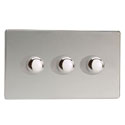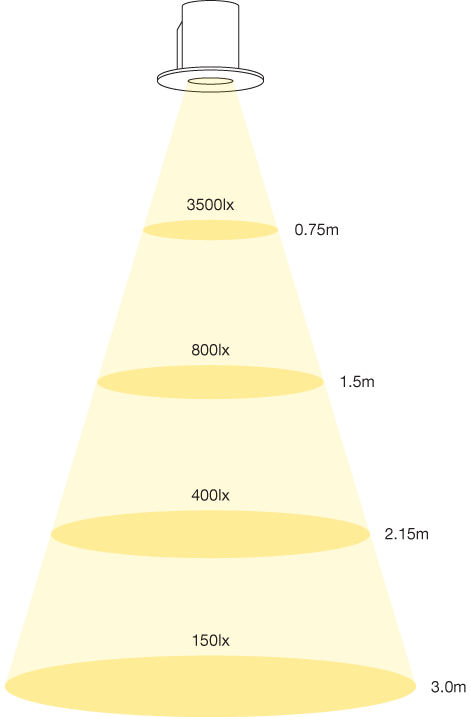It doesn’t seem logical that a ceiling fan might save energy, since it uses electricity itself. You’d be forgiven for thinking it would only add to your bills. However, a ceiling fan is cheap to run and reduces the amount of air conditioning needed in the summer. If you’re already spending money on cooling a room, you can save up to 40% of those costs by installing a fan.
A bigger surprise for anyone that hasn’t considered a ceiling fan before is the scope for lowering heating costs in the winter. Many fans have a reverse, clockwise mode, which recirculates the warm air held at ceiling level and enhances heating efficiency. By allowing you to turn heating down, a fan may save 10% on the cost of warming a room.
The Key Facts
How a ceiling fan works
A ceiling fan cools the occupants of a room, but doesn’t cool the room itself. By circulating air, a fan helps the human body to lose heat through evaporation of sweat (identical in principle to wind chill). For this reason, it is pointless to run a fan in an empty room.
Room sizes
Ceiling fan size is chosen according to room size. You’ll need a fan that is big enough to be effective in the proposed space, otherwise you are certain to be disappointed by the results. The table below will guide you towards the right product.
| ROOM SIZE | FAN SIZE |
|---|---|
| Up to 60 square feet (5.6 m2) | 30 to 39 inches |
| Up to 140 square feet (13 m2) | 40 to 49 inches |
| Up to 350 square feet (32.5 m2) | 50 to 60 inches |
Fan blades and features
Ceiling fans usually have three to five fan blades and occasionally more. The number of blades is not a reliable indicator of performance, since other factors such as blade pitch and motor efficiency affect the fan’s ability to circulate air. Though they are rare, some ceiling fans have a single blade. Your buying decision should not be swayed by the number of blades.
A very common feature among ceiling fans is that they are reversible, with the top and underside of the blades finished differently. This is useful if you fancy changing the fan’s appearance or need to match a newly decorated room. Larger fans tend not to offer this and have a neutral white, grey, or silver finish to blend with commercial or industrial ceilings.
Fan lights
Because ceiling fans are often destined for the centre of a room, many of them also include a light. A fan light is an ideal replacement for an ordinary pendant, because it provides a source of ambient room lighting as well as a means of circulating air. Most fan lights accommodate a bulb, usually of a high enough wattage to allow a choice of technology. A halogen bulb offers exceptional light quality, but lacks energy efficiency and radiates heat, whereas an LED bulb coolly emits a high quality light while saving on running and maintenance costs. Your choice may vary depending on usage.
Ceiling height & accessories
For a fan to circulate air effectively, the distance between floor and blades should be between 7ft 6” and 9ft. Ceilings higher than 9ft will require use of a drop rod to lower the fan to a suitable height. These can usually be cut to size if necessary.
A drop rod is also needed if a fan is to be installed on a sloping surface. In that instance, sufficient space must be allowed for the blades to clear the angle of the ceiling.
In most cases, ceiling heights are likely to be within average range and adequately served by the product’s included fixings. The Fantasia Commercial Sweep 48 inch Ceiling Fan comes complete with 12” and 24” drop rods, which allows installation on a ceiling of up to 10 or 11 feet high, respectively.
Controls
Ceiling fans can usually be controlled in one of three ways: on/off pull cord, wall control, or remote control. Typically, you cannot have a remote control and a wall control installed at the same time, so those two options are mutually exclusive. Some fans come with a pull cord, but allow the possibility of upgrading. Other models are supplied with a remote or wall control as standard. Most offer a choice of three speed settings.
Guarantees
Our top-branded ceiling fans all come with manufacturer’s guarantees, for added peace of mind. Faro offers a guarantee of 15 years on all of its fan motors.
Give it a whirl
Some electrical products are wrongly perceived as needless luxuries, when in fact they are economically sound purchases. Few people would claim that for a tumble dryer, but it is often said of a dishwasher, which uses hot water and detergent far more sparingly than the average human does. A ceiling fan is similar, consuming very little energy while relieving more power-hungry appliances of work.
Attractively priced and available in traditional or modern styles, ceiling fans offer money-saving comfort all the year round. Why not have a look at our full range of ceiling fans?
Please feel free to call our friendly sales team with any queries on 0843 317 7820.
For more useful information visit our Lighting Advice section.

Andrew Evangelidis Head of Buying
Andrew is an experienced buying professional who takes an entrepreneurial approach to identify new lighting solutions and ensure Lyco have first-to-market ranges for our customers. Having previously worked for well known brands such as Wickes, Carphone Warehouse and Toys R Us, Andrew has now turned his hand to sourcing commercial lighting and ensure our customers receive top brand quality products at marketing leading prices. He manages a team of commercial and decorative buyers who travel the world finding new products that our customers don’t even know they need yet.



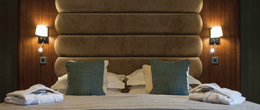
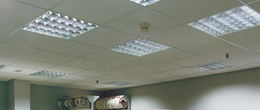

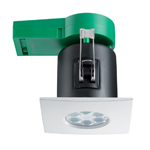 Whether you’re a builder, specifier, or designer, Lyco stocks a wide range of products to help you meet Part L lighting requirements.
Whether you’re a builder, specifier, or designer, Lyco stocks a wide range of products to help you meet Part L lighting requirements.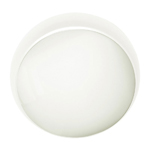
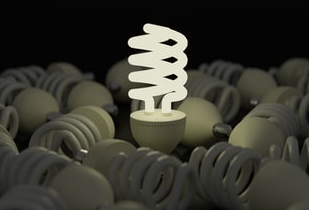

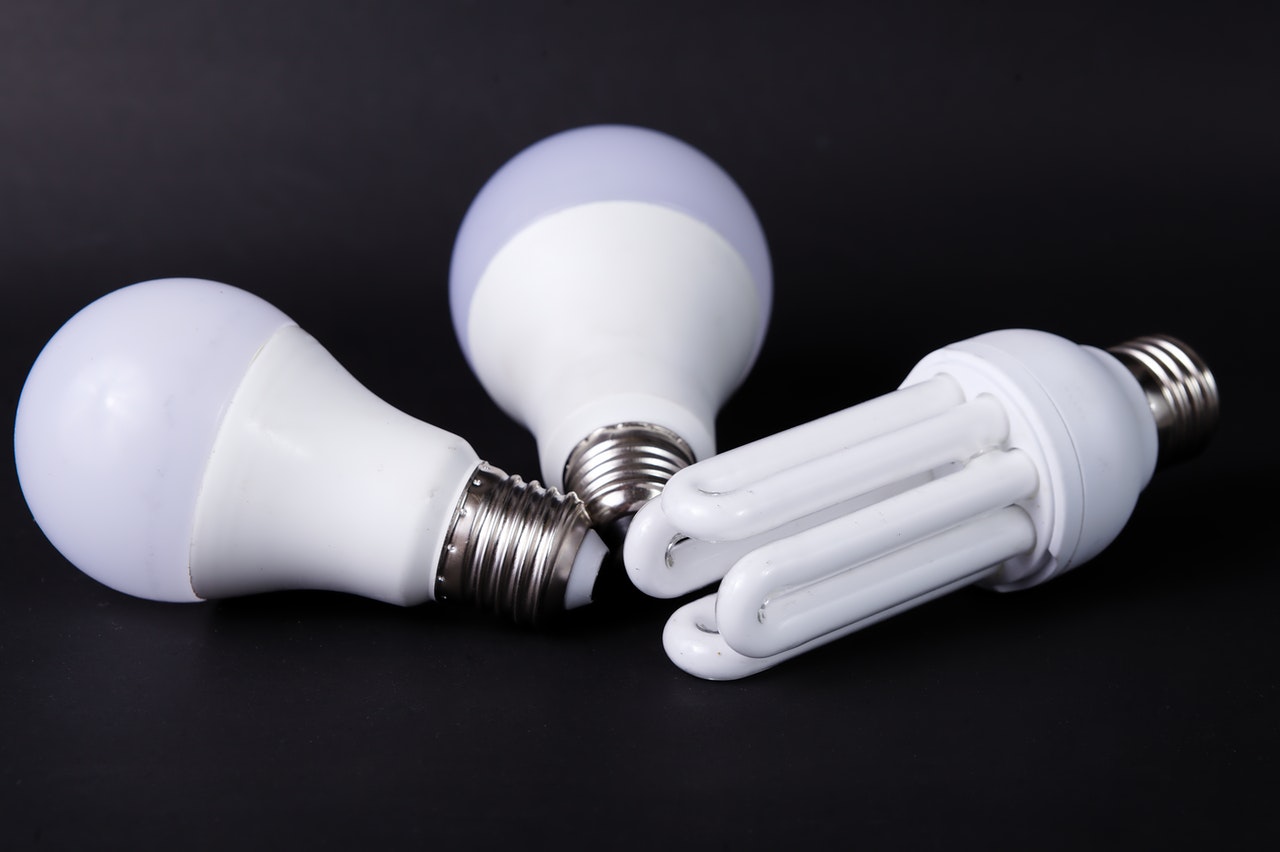

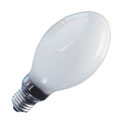
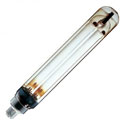
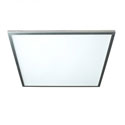
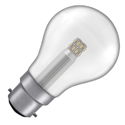



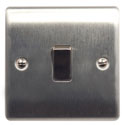

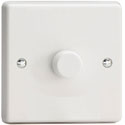 The more sophisticated trailing-edge dimmer is intended for capacitive loads (e.g. electronic low-voltage transformers or LED drivers), and resistive loads (e.g. incandescent).
The more sophisticated trailing-edge dimmer is intended for capacitive loads (e.g. electronic low-voltage transformers or LED drivers), and resistive loads (e.g. incandescent).